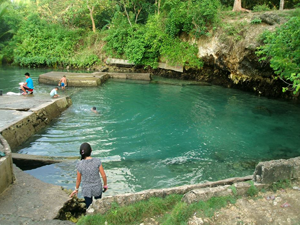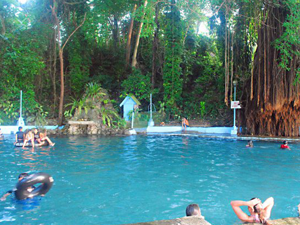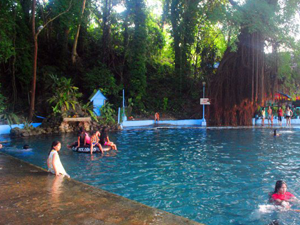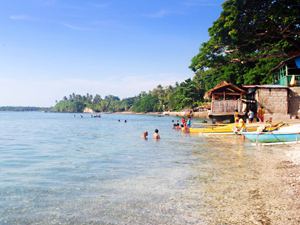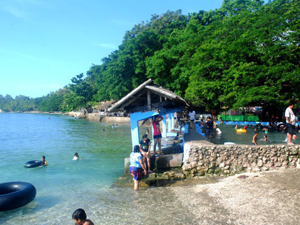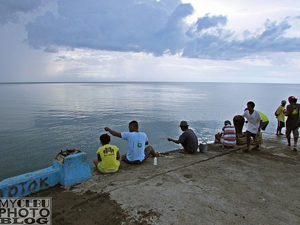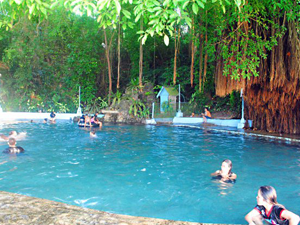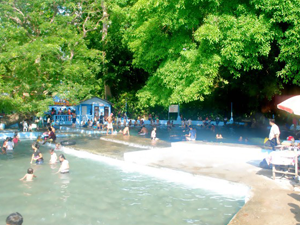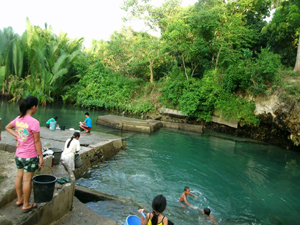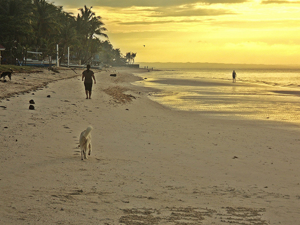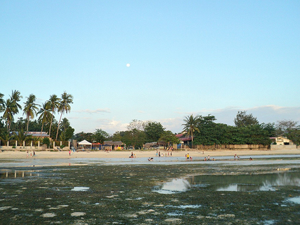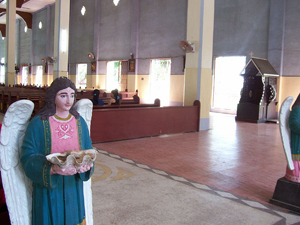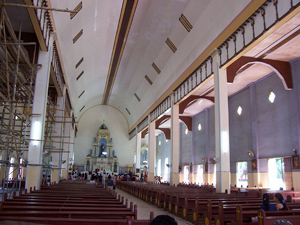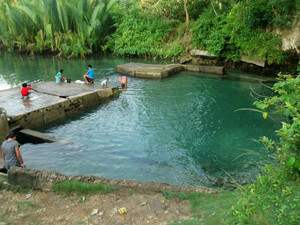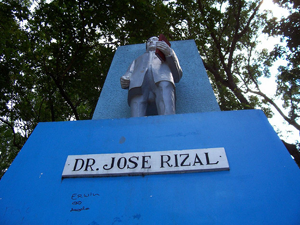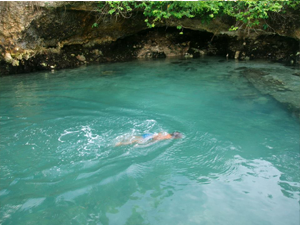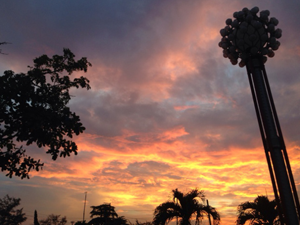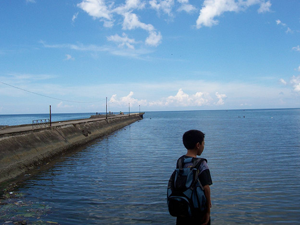Tourism industry in Tuburan is yet to emerge as worthy destination for local and foreign tourists. The municipality has to come up with a Tourism Master Plan that will be served to investors and developers who will initiate the improvement of the town’s natural attractions, landmarks, facilities and amenities for tourism development.
Private sector and the government support to the plan can greatly influence the upgrading of tourism facilities to meet the desired accreditation, marketing and promotion.
The following are some of the town’s destinations frequently visited by local and foreign tourists.
TUBURAN’S TOP 10 MOST SIGNIFICANT SITES
1. Tuburan Town Museum

Tuburan Town Museum is strategically housed at the 2nd floor of the former municipal building originally an ancestral house of Don Diego Tabotabo, one of the early settlers and administrators of Tuburan. The museum serves as a repository of the Tuburanon heritage representing the Tuburan culture and history over a thousand years unveiling details of its development from pre-history to the present; the LGU and its contributions; the archaeology of Tuburan; the important personages and their significant contributions in Tuburan’s growth; and, the faith and everyday life in the town.
2. San Antonio De Padua Parish Church

Tuburan, Cebu serves as a landmark of Tuburanon piety and faith. It is in a semi-Romanesque architecture located at the heart of Tuburan, Cebu. The parish has been in existence for more than 150 years and was conferred as the Archdiocesan Shrine of San Antonio de Padua last January 2007 thus, making it a pilgrim destination for believers who seek temporal and spiritual consolation knowing San Antonio de Padua as the patron of good business, sailors, expectant mothers, the poor, lost souls and items, among others. It commemorates its feast day every June 13.
3. Molobolo Spring

Molobolo Spring is Tuburan’s major spring and has been for a long time now used as the source of water for household purposes. The spring abundantly oozes out cold spring water (1 cu. m. /sec.) continuously spilling volumes of water through the beach fronting it. Molobolo has also been considered as a favorite destination for locals and tourists alike. It is accessible by any means of transportation.
4. Marmol Cliff

Marmol Cliff is Tuburan’s famous gigantic twin marble rock offering any adventurer ultimate pleasure of experiencing the beauty of nature. The boulders and spacious cave on the side of the cliff had been useful for Filipino Katipuneros during WWII. More to it, this wide cliff which stands in different heights of over hundred feet with all its enchantment is also the spot where the Maria Cacao & Joaquin Tang-an Story lies.
5. Adela River

Adela River is a natural boundary that separates Poblacion and Daan Lungsod, the original town site of Tuburan. It is approximately a 3-kilometer stretch of brackish river going through lined nipa palm trees and passes by three of the many natural springs of Tuburan from the shore of Daan Lungsod namely Guiwanon, San Juan and ending at Mantawihan Spring. The Local Government Unit of Tuburan is now underway with a river cruise development in the area.
6. Lantawan Tunnel

Lantawan Tunnel is located within Tuburan Lantawan Resort, a private development in Panas, Daan Lungsod, Tuburan, Cebu. According to local folks, this preserved hole was originally dug during the Japanese Occupation reportedly used as their jump down area from fighter planes and occupied as their hideout during WWII.
7. Tubod Festival

Tubod Festival started on June 12, 2006 as Tuburan’s unique festival presentation which covers the multi-faceted characteristics of the Tuburanon as to their nature, culture, history and religion. This festival portrays each Tuburanon as an ardent believer of Saint Anthony of Padua and gratefulness for having been blessed with a place so rich in natural resources especially natural springs. The occasion happens every June 13 highlighting the annual town feast honoring patron saint San Antonio de Padua.
8. Sto. Niño and Apalan Marine Sanctuaries

Santo Niño and Apalan Marine Sactuaries were established sometime in 2003 by the Municipality of Tuburan, Cebu under its CBRMP (Community-Based Resource Management Program) aimed to protect the town’s coastal resources. Presently, these are considered as ideal diving and snorkeling sites with healthy reef and abundant growth of soft and hard corals housing fishes, marine turtle, butterfly fishes, barramudi cod and other colorful aquarium species.
9. The Site of the Tabaquelera in Tuburan
Tuburan was among the very few towns in Cebu being installed with a Tabaquelera under the Tobacco Monopoly Policy of the Spaniards in the early 1900s. Aside from being a commercial center, it is also considered as the mute witness to the grave battle of the Katipuneros and Spanish soldiers.
10. Dao Tree (Dracontomelon dao)

Dao Tree in Barangay Jagbuaya, Tuburan, Cebu. This giant local tree is approximately two hundred years old and could possibly be one of the centennial trees in the Philippines. It has a diameter of more than 7 cubic meters and considered as a threatened species of great significance to the country’s biodiversity as recorded in the 1980 “Red List” of the International Conservation Union.
Additional Significant Relics
1. Vietnamese “Chu Dau” Celadons excavated at a burial site somewhere along the boundary of barangays San Juan and Cogon, Tuburan, Cebu taking part of the Tuburan Town Museum exhibition.
2. Referred to by archeologists as Indo-Pacific Monochrome Drawn Glass Beads or Indo-Pacific Bead or “Mutisalah” – an Indonesian word for false pearl, dug-out by local looters at Barangay San Juan, Tuburan, Cebu being displayed at the Tuburan Town Museum indicating foreign trading between the inhabitants of Tuburan with Vietnamese or Thai trades who brought these beads for barter.
3. Church Bells (1873-1883) donated by Don Fausto Tabotabo, to the Parish of San Antonio de Padua and have since been used as public buzzer for religious ceremonies hanging at the church’ belfry.
– See more at: http://www.tuburancebu.gov.ph/?page_id=215#sthash.bjHxxgxu.dpuf
